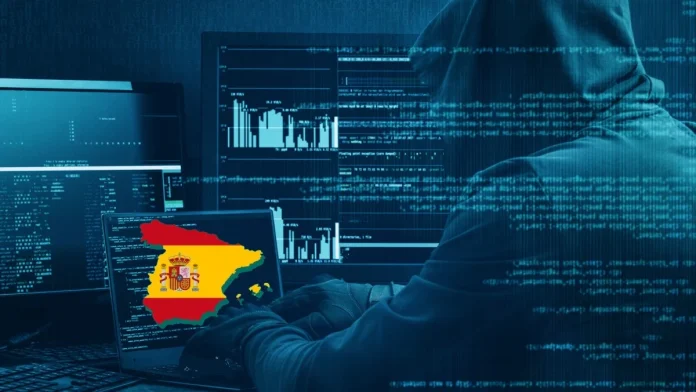Cyberattacks on Spain Increased by 750% in Just One Week
Spain is going through one of its worst moments in terms of cybersecurity. Cyberattacks have increased by 35% in 2025, reaching an average of more than 45,000 incidents per day.
Between March 5 and 11, 2025 alone, Spain accounted for nearly 25% of the cyberattacks registered worldwide, making it the third most attacked country globally, behind only the U.S. and Ukraine.
Reports indicate a 750% increase in cyber incidents in just one week, attributable to a lethal combination of accelerated digitalization, outdated systems, and growing geopolitical exposure.

Alarming Statistics We Cannot Ignore
-
More than 50% of Spanish companies suffered cyberattacks in 2023, with ransomware as the main threat.
-
Malware and targeted attacks represent 52% of incidents, exploiting vulnerabilities that organizations fail to close in time.
-
Although 96% of IT leaders consider their companies’ security to be solid, 59% expect to face major breaches in the next 12 months.
These figures reflect a critical situation in the digital environment.
Devastating Impact on Businesses and SMEs at All Levels
SMEs, which represent 99% of the business fabric, are especially vulnerable. 70% of ransomware incidents affect these companies, which often have legacy systems and limited resources.
The costs of a cyberattack vary significantly: between €2,500 and €60,000 for SMEs and more than €5.5 million for large corporations.
Sustained Growth and New Challenges
In 2025, cyberattacks have increased by 35%, surpassing 45,000 incidents per day. During 2024, there was a 15% increase compared to the 83,500 incidents of the previous year, while ransomware attacks rose by 120%. These figures reinforce the need for a proactive approach to cybersecurity, as the risk continues to evolve at an accelerated pace.
Main Attack Vectors Targeting Spanish Companies
The main attack vectors impacting organizations in Spain are:
- Exploitation of vulnerabilities in third-party providers: Many recent cyberattacks have exploited gaps in third parties with access to sensitive data, revealing the fragility of digital supply chains.
- Ransomware attacks: This method continues to rise, encrypting critical data and demanding ransoms that can paralyze operations and cause major financial losses.
- Phishing and social engineering: Cybercriminals intensify their campaigns through highly personalized messages and the use of artificial intelligence to deceive employees and customers, gaining access to credentials and confidential data.
Backups and Cybersecurity Strategies
Only 32% of microenterprises perform adequate backups. In contrast, 97.6% of large companies and 94.4% of medium-sized ones have backup systems, while small businesses reach 87.7%.
In light of this reality, it is essential to adopt zero trust security architectures, invest in advanced technologies, and foster a strong cybersecurity culture to protect the country’s digital future.
Best Cybersecurity Measures to Be Prepared
- Disaster Recovery and Backup: Ensure business continuity by recovering data and critical systems after an incident, minimizing downtime and operational losses.
- SIEM: Monitors and correlates events in real time to detect anomalies and prevent attacks, facilitating the rapid identification of suspicious patterns.
- Pentest: Involves penetration testing that evaluates and detects vulnerabilities before they can be exploited, strengthening security through proactive gap correction.
Adopting comprehensive cybersecurity strategies is a smart investment that encourages every organization to strengthen its defenses and secure its digital future.
Contact us for more information and don’t wait to become the next victim.
